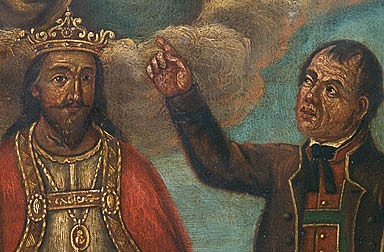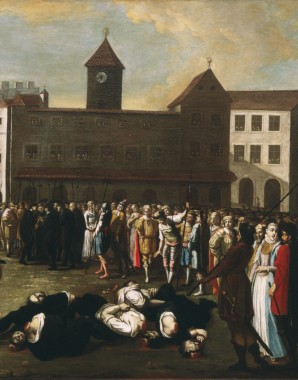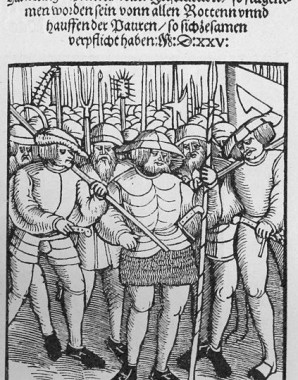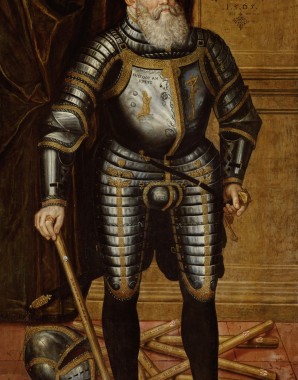A Tripartite Society and Social Conflict
"With classes three God filled the world
As best as best can be;
One class must teach, another feed,
The third ’gainst wicked lads must strive.
The first class is the clergy,
The second farmers true,
The third, that is the government.
With every class come its own tasks
And ‘ware it dabbles in others!
No class deem itself better,
For God did make all three.
And if we lived in such a way,
The Paradise, it were here!
Yet who desireth good on Earth?
Eternity’s what’s better!"
(Erasmus Alber, 1534)
The idea of three estates – to provide defence, education and food for the people – as the embodiment of the divine order was firmly anchored in the structure of medieval society; a person’s position in society was contingent on their designated sphere of activity, appropriate to their standing. This static model was thus not designed to accommodate any societal or religious changes. However, the sixteenth century saw the onset of conflicts that threatened this rigid social system, as peasant uprisings, aristocratic revolt against sovereign and governors, and the dissemination of Lutheran doctrines threatened to overthrow the old order. The Habsburgs reacted to these upheavals by putting down rebellions with massive bloodshed, supporting the Counter-Reformation and establishing a central power.
















